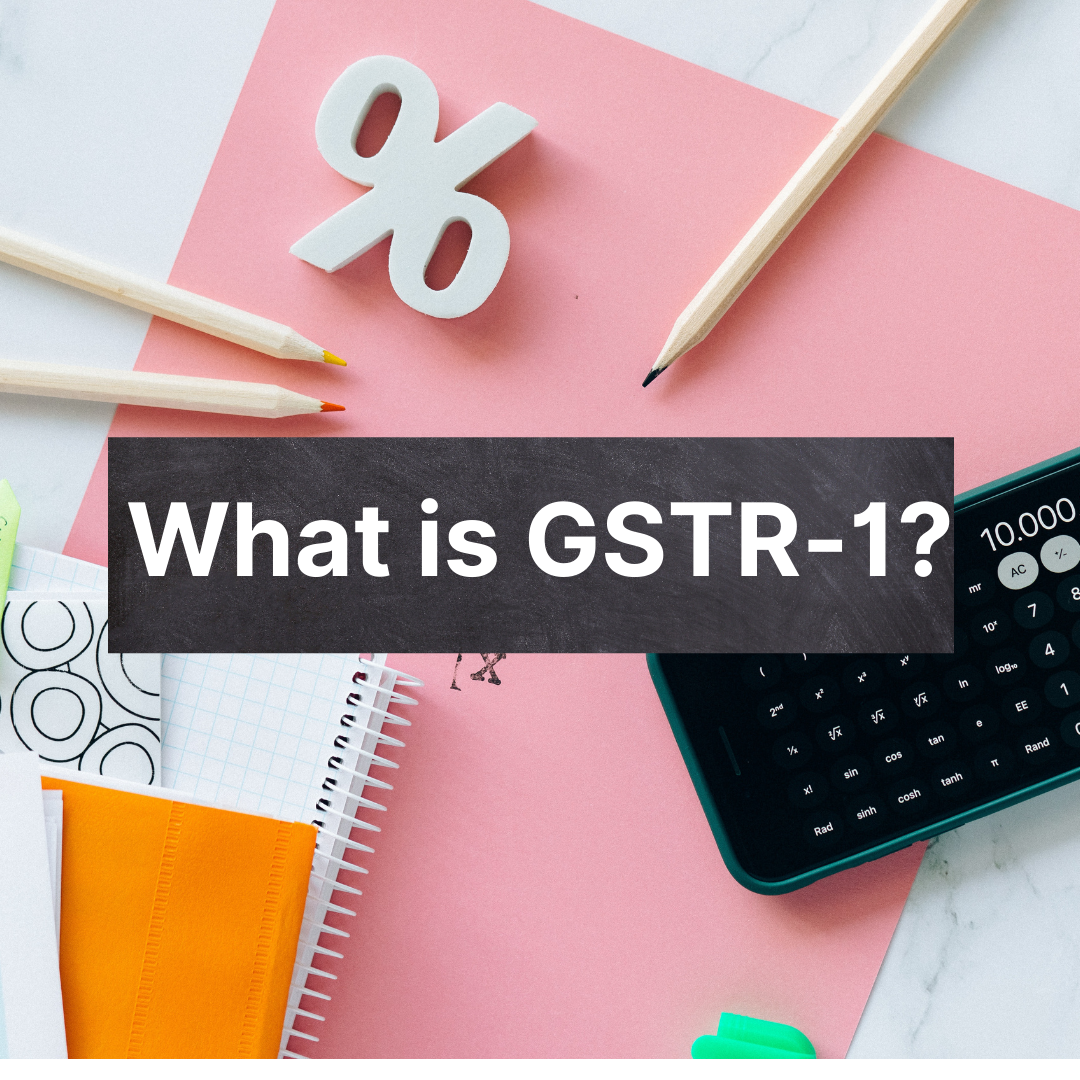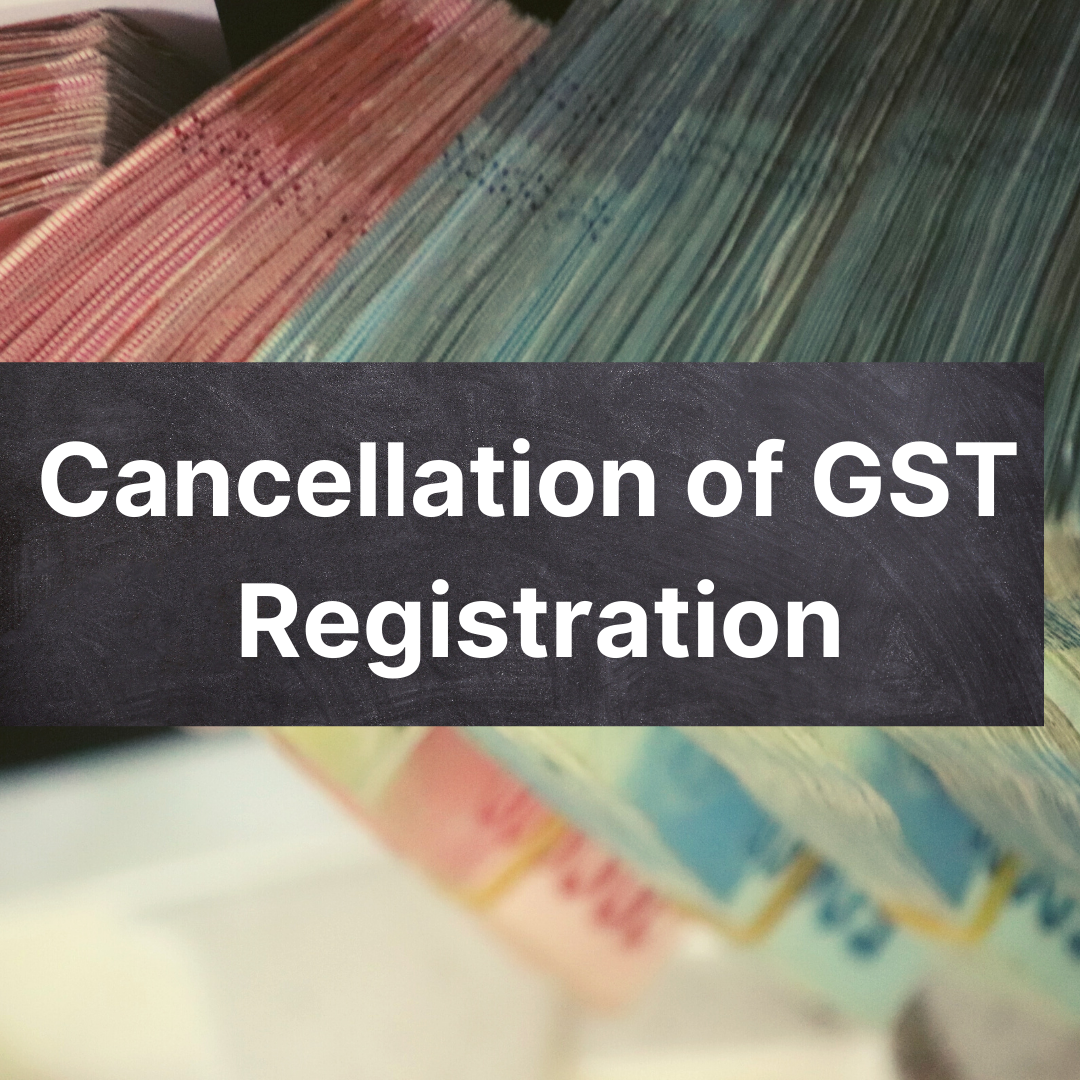Being a business owner, you need to constantly keep a track of your sales invoices, purchase invoices as these carry a lot of crucial information that you need to submit while filing your GST returns. An invoice carries details such as the invoice number, due date, payment terms, number of products, the seller’s information, the buyer’s information, the price of goods, and so on.

So, the bottom line is that when there is so much information riding on in a single invoice, it is important that they are accurately mentioned while filing the GST returns. However, human errors are inevitable and when there are mistakes in entering invoice details, it calls for presenting a revised invoice. This article takes us on the path to learn about ways to revise invoices.
Here is what we shall learn in this post:
- When to issue a Revised Invoice in GST?
- How to Revise Invoices under GST?
- What is the Format of a Revised Invoice Under GST?
- Supplementary Invoices
- Adjusting using Credit Note
- Revised Invoice Vs. Supplementary Invoice
When to Issue a Revised Invoice in GST?
When invoices are issued by mistake, you are required to make the required modifications and revise these invoices. Rectification and modification of the invoices accurately to report the monthly returns is called Revising invoices.
Once you receive your GST registration certificate and have your GSTIN, as a taxpayer you must issue all the invoices between the period of the date of implementation of GST and date of issuing of your registration certification.
Also, you must issue the revised invoice within one month since the registration certificate was issued.
How to Revise Invoices under GST?
All invoices issued between the above-mentioned period will have to be revised by the registered person.
It is possible to revise tax invoices in a number of ways. The price of goods or services can be revised downward or upward, or the GST rate can be changed. As a result, the invoice is altered and needs to be revised. A supplementary invoice can be issued to cover upward revisions. A credit note can be used to convey a downward revision as well.
There can be times when the invoice needs a complete revision; therefore, the taxpayer must issue a revised invoice.
The GST law does not yet define revised invoices separately. As applicable in today's date, GSTN IDs have been issued to all registered taxable persons. Those completing the requisite formalities will receive a GST registration number.
Taxable registered persons required to issue a revised invoice for all invoices raised from the date GST is applicable until they get the GST identification number. This indicates that a registered taxable person cannot issue a revised invoice after receiving a registration certificate.
An amended invoice should be issued in the format discussed in the next section providing the details of the original invoice.
What is the Format of a Revised Invoice Under GST?
In order for a revised invoice to be effective, the following details must be included:
- "Revised Invoice" or "Supplementary Invoice" is prominently displayed on the invoice.
- A unique alphanumeric serial number that identifies a particular financial year on the invoice.
- Information about the supplier, including the name, address, and GSTIN.
- Invoice date.
- Information about the recipient (name, address, GSTIN, if registered).
- The recipient's name, address, and the state and code of the delivery location (if the recipient is not registered).
- A revised/supplementary invoice shall be issued in accordance with the original invoice serial number and date.
- The supplier's signature or digital signature in case they prefer to issue electronically.
Supplementary Invoices
Supplementary tax invoices are issued by taxable persons in the case where a deficiency, limitation, or shortcoming has been observed in an earlier tax invoice or the original invoice. Supplementary invoices are also referred to as debit notes.
There may be cases where the taxable value of various commodities or services has been devalued in the original tax invoice. This results in a lower tax being charged. To rectify a tax invoice deficiency under GST, a supplementary invoice is used.
It may therefore be necessary to revise upward. To handle such situations, supplementary invoices or debit notes are required.
Adjusting using Credit Note
According to section 2(35) of the Model GST law read with section 24(1), a taxable person can issue a credit note if the tax charged for supplying goods and services exceeds the tax due on that invoice.
A credit note has to be issued with the prescribed information in the following cases:
- In the case of a taxable person receiving goods and services issues the invoice.
- When a tax invoice charges a value greater than the tax due.
Credit notes are therefore used as an accounting adjustment for settling the exact amount of value and tax.
Revised Invoice Vs. Supplementary Invoice
An explanation of the difference between a revised invoice and a supplementary invoice is as follows:
How can Deskera help You?
Deskera Books is time-saving strategy for managing your work contacts, invoicing, bills and expenses. You can also import opening balances and set up chart accounts through it.
From setting up your organization to inviting your colleagues and accountant, you can achieve all this with Deskera Books.
You can witness the easy implementation of the tool and try it out to get a renewed experience while handling your accounting system.
Creating Journal entries is now a breeze with Deskera Books. Moreover, you can even avail of the remarkable features including adding products, services, inventory, all under one roof.
Acquaint yourself with a new-age system that takes care of Accounting, finance, inventory, and much more, all under one single roof.
Key Takeaways
Before we wrap up, let’s have a quick look at the important points related to GSTR-1:
- Human errors are inevitable and when there are mistakes in entering invoice details, it calls for presenting a revised invoice.
- Rectification and modification of the invoices accurately to report the monthly returns is called Revising invoices.
- Once you receive your GST registration certificate and have your GSTIN, as a taxpayer you must issue all the invoices between the period of the date of implementation of GST and date of issuing of your registration certification.
- All invoices issued between the above-mentioned period will have to be revised by the registered person.
- An amended invoice should be issued in the format discussed in the next section providing the details of the original invoice.
- To revise an invoice, it must include details such as a unique alphanumeric serial number, invoice date, information about the supplier and recipient, the supplier’s signature, etc.
- A supplementary invoice can be issued to cover upward revisions whereas a credit note can be used to convey a downward revision.
Related Articles












